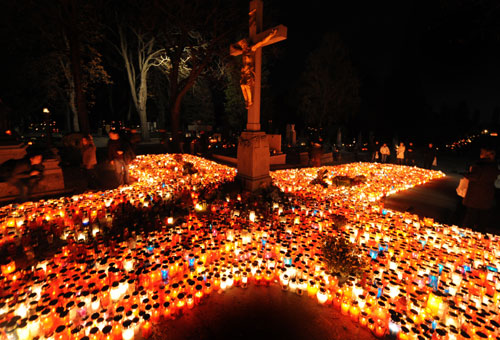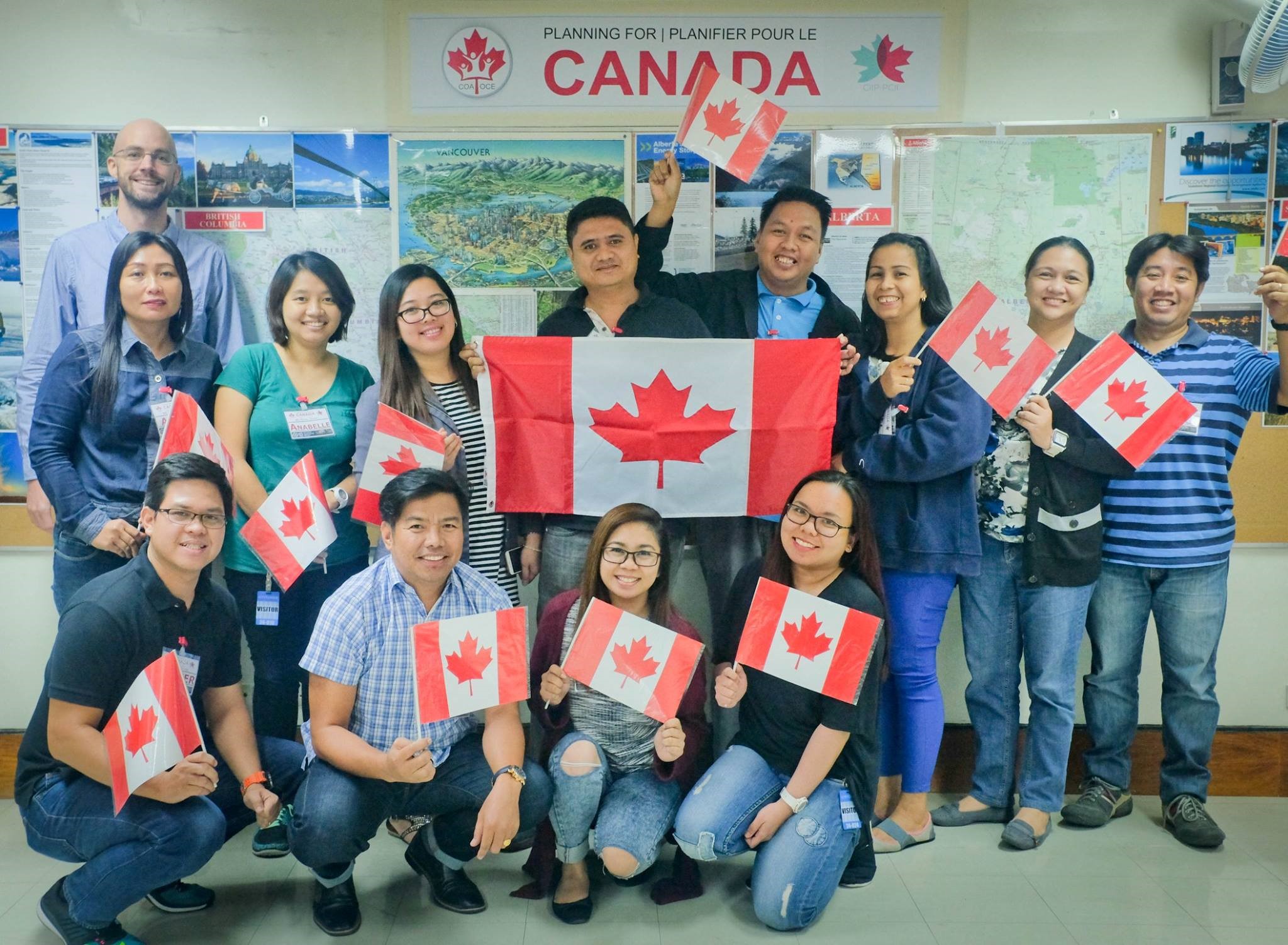In both developing and developed countries, hypertension is the leading cause of mortality. It was estimated by World Health Organization (WHO) that more than 1.56 billion people worldwide are expected to have hypertension by 2025, making the disease more alarming to healthcare providers. According to the Department of Health (DOH), about eight out of ten people who had their first stroke are diagnosed with hypertension – responsible for worsening the quality of lives of some 14 million Filipinos. Unhealthy life style such as drinking, smoking, eating foods high in cholesterol, because most Filipino’s are always for survival in everyday life. They tend to go for the food in fast food, or food which are instant or ready to eat, they forgot of the nutrients and contents of what they eat. Mostly go out for celebration as if they were no more tomorrows, enjoy now suffer the consequence later
The DOH also revealed that more than 276 Filipinos die of heart disease on a daily basis and at least one Filipino suffers from stroke every nine minutes. Survivors have a 75 per cent chance of becoming permanently disabled. ‘You can have high blood pressure for many years without symptoms surfacing every now and then—what people don’t know is that the disease comes like a thief in the night,’ . He added, ‘This makes regular monitoring of blood pressure all the more important. Maintaining a healthy lifestyle is important whether you are already hypertensive or not; the challenge comes recognizing the disease and taking action before it leads to stroke.’
No signs of early symptoms
What makes the numbers worse is that most people diagnosed with the condition have neither signs nor symptoms of the disease until they reach its life-threatening stages. According to the Centers for Disease Control and Prevention (CDC), one in every five adults with hypertension is unaware of his or her disease, making prevention to deadly consequences such as stroke more difficult than ever. ‘Hypertensive patients may experience frequent headaches, shortness of breath or nosebleeds, but these signs won’t occur until their blood pressure rises to its peak,’ said Nazal. ‘When left untreated, their high blood pressure may cause them serious health problems, including heart attack
DOH Program
Filipinos were encouraged to participate in the Department of Health’s (DOH) initiative to screen the blood pressure (BP) of 1.7 million adults for the whole month of May as part of Hypertension Awareness Month. “Prevention is better than Cure” According to the DOH, hypertension is a leading cause of illness and is a primary contributor to premature death in the country, with 200,000 deaths yearly attributed directly or indirectly to high blood pressure. One in four or five Filipinos, or more than half of the 12 million hypertensive Filipinos are unaware of their condition, with some unsuspecting hypertensive individuals considered “walking time bombs” due to their susceptibility to comorbidities
Changing lifestyle
Uncontrolled high blood pressure may trigger excessive pressure on a person’s artery walls, damaging the blood vessels and the body’s organs. ‘The first step to achieving lifestyle change is to set an appointment with your healthcare provider. If you suspect that you have hypertension, nothing comes more important than having your blood pressure checked to address it immediately. ‘Furthermore, prioritizing lifestyle modifications such as quitting smoking and staying physically active will go a long way in preventing high blood pressure and its complications. ‘Hypertension is both preventable and treatable, only if you follow the right treatment procedures as prescribed by your doctor,’ he said. ‘When you’re at home, it is best to cut down on salt, eat a balanced diet, and avoid harmful use of alcohol. More importantly, taking your medication to curb hypertension will help you minimize it.’ Walking and drinking water 8-10 glass of day. Avoid Fatty and cholesterol food. Consume more on leafy vegetables.






